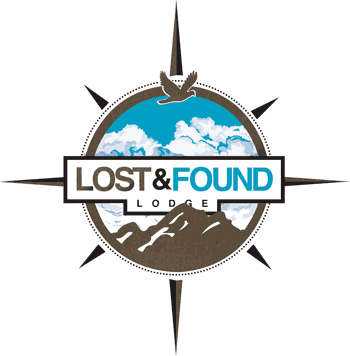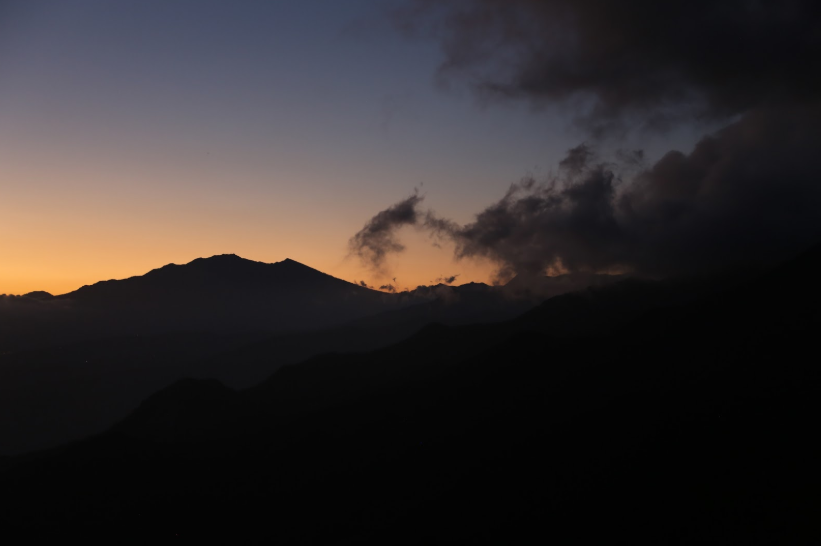Flying within Panama is often one of the most efficient ways to see the country, especially when travel by road is long, winding, or difficult (e.g. during the rainy season). With rugged terrain, islands, and jungle regions, domestic flights can save many hours of travel, and sometimes make otherwise inaccessible destinations possible. However, travelers should be aware of costs, schedules, and the trade‐offs (like luggage limits, airport location, etc.).
The Main Carriers
The major carrier for domestic travel is Air Panama, operating from its hub at Albrook “Marcos A. Gelabert” International Airport in Panama City. It serves many internal routes: to Bocas del Toro, David (Chiriquí), various island destinations (Pearl Islands, Guna Yala), Changuinola, Pedasí, and others.
In addition, Copa Airlines offers at least one key domestic route (Panama City to David) from its main international hub at Tocumen.
More recently, Wingo Panamá (a subsidiary of the Colombian low‐cost airline Wingo) has begun operating domestic routes, notably Panama City (via Panama Pacífico) to David, with limited frequency (like twice a week on some routes).
Schedules & Frequency
Schedules vary by route, but some patterns are clear:
Between Panama City to David (Chiriquí): Air Panama offers several flights a day; likewise Copa runs multiple daily flights on this route.
For Panama City to Bocas del Toro: Air Panama has multiple (often 3-4) direct flights per day. Some departures are early in the morning, others late morning or afternoon. Airport of departure is usually Albrook (PAC).
For new or less served routes, frequency is lower (e.g. weekend‐only or a few times per week) especially for Wingo's newer domestic service.
Typical Prices
Here are ballpark fares (one‐way) for a few of the common domestic routes (non-premium/business class), based on recent data. Use these numbers as rough guides; prices change with season, demand, how far in advance you book, etc.
Route Typical One-Way Fare
Panama City (PTY) → David (DAV) US$80-$100 (Copa)
Panama City (Albrook PAC) → Bocas del Toro (BOC) US$70-US$120 one-way for Air Panama
Round-trip fares often offer savings when compared to two separate one-way tickets but factor in extra fees (baggage, airport transfers).
Costs & Extras to Watch
While airfare is one piece, there are several extra costs/tricks travelers should know:
Airport location & connection time: Air Panama’s hub is at Albrook (PAC) which is closer to central Panama City than Tocumen in many cases, but if your international arrival is at Tocumen, transferring to/from Albrook takes time/taxi cost.
Baggage allowances are often more limited on smaller domestic flights (especially by turboprops). Be sure to check whether your fare includes checked bags.
Flight reliability can vary – weather, mechanical issues, and airport infrastructure in remote areas sometimes cause delays or cancellations. It’s good to leave buffer time if you have onward travel.
Advance booking helps a lot. Fares tend to increase as seat availability decreases closer to departure.
Pros & Cons vs Other Ways of Traveling
Pros:
Saves time — routes that by car or bus take many hours can be cut to 1-2 hours.
Access to remote or island destinations more comfortably.
Often safer / more predictable than road travel when rains make roads difficult.
Cons:
Cost is higher than buses or shared ground transport.
Less flexibility in scheduling; if flights are missed, alternatives may be sparse.
Weather can play a bigger role (storms, heavy rain) affecting small aircraft.
Limited luggage, and services on board are basic (since many flights are short, regional aircraft).
When It Makes Sense to Fly
Domestic flights shine for travelers who:
Have limited time and want to maximize destinations.
Are going to the Caribbean or Pacific islands (e.g. Bocas del Toro, San Blas / Guna Yala, Pearl Islands), where boat + overland options are slow.
Want to avoid long bus rides in remote / mountainous areas.
Visit during the rainy season when roads may be less reliable.
In contrast, for those traveling on a tight budget, who enjoy slower travel and don’t mind time, ground transport (buses) may be cheaper.
Tips for Booking & Travel
Compare departure airports (Albrook vs Tocumen vs Panama Pacífico) to see which offers best convenience vs cost.
Book as far ahead as possible, especially for popular routes (David, Bocas) and during high season.
Check multiple airlines — Air Panama, Copa, Wingo — for promotions.
Keep an eye on weather forecasts; flights to/from remote / coastal / jungle destinations are more likely to be disrupted.
Arrive early, especially if flying from small airports, or if you have luggage or connecting ground transport.
Domestic airplane travel in Panama is a useful, though somewhat premium, way to move around. It trades time and comfort for cost; for many routes it’s well worth the price, especially if you value convenience and want to see multiple parts of the country. With several carriers now competing on some routes, you also have more options than in the past. Just budget ahead, check schedules carefully, and know what extras (baggage, transfers) you might need to factor in. Let me know if you’d like a map or specific itinerary options with prices (for your travel dates) so you can plan concretely.

